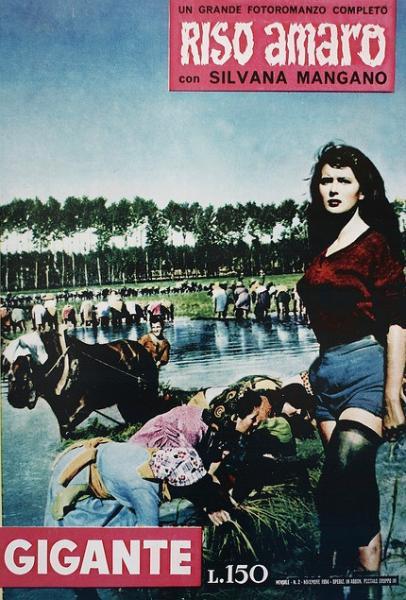- Read offline
- Access all content
- Build a list of your own favourites
- Search the contents with full-text search functionality
- ... and more!
riso
rice

Rice was always known in Italy, but it only became an important crop in the 1400s when the Sforza dukes of Milan used it to reclaim swamplands in Lombardy, especially south of Lake Maggiore. The region still produces the lion's share of the Italian harvest and was the subject of a classic neorealist film of 1948 called Riso Amaro (Bitter Rice), which featured many of the workers—nearly all of whom were women.
Some rice is produced in the Veneto as well, notably the small-grained Vialone Nano riso di Grumolo delle Abbadesse, raised since the 16th century in a town between Vicenza and Padua, originally by Benedictine nuns. Today it's in the Slow Food Pesidium. Riso selvaggio is wild rice (which is really a grass), and imported to Italy from Canada.
Italians use rice in soups, salads, casseroles (timballi), snacks like arancine and suppli, and in desserts, but in general rice is never a side dish, but a first course, a risotto.
Piacenza's speciality is bomba di riso, a dome of rice with stewed meat hidden inside (it's cooked first, then baked in a hemispherical pan and inverted); in Naples they make something similar called sartu.
Grumolo delle Abbadesse in Vicenza province holds a Festa del Riso for six days in mid September.
Image by Pietro Izzo

